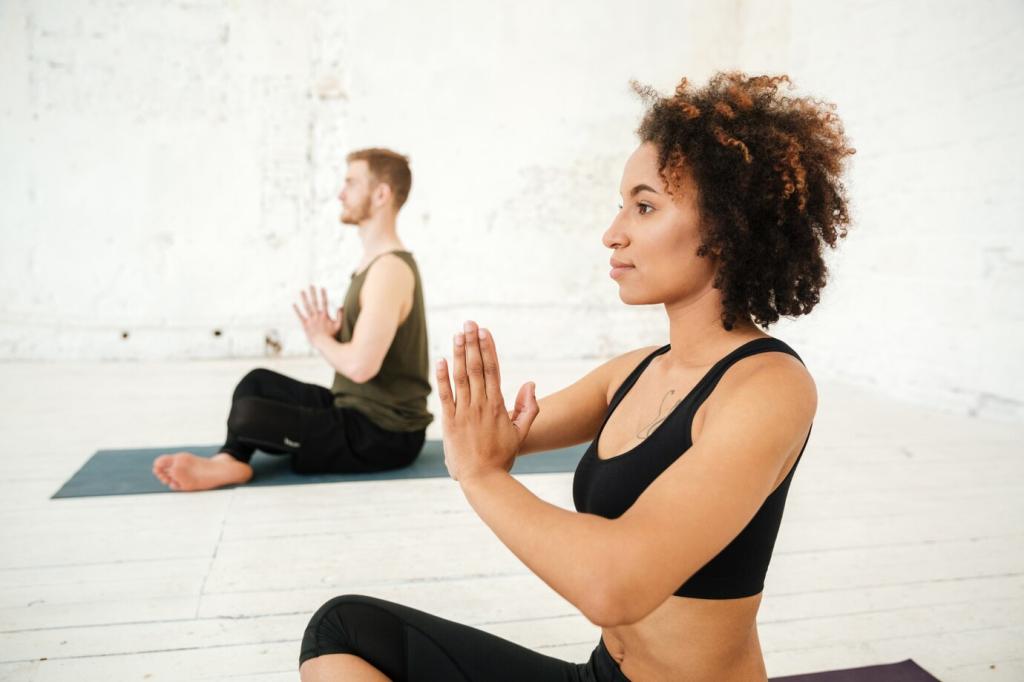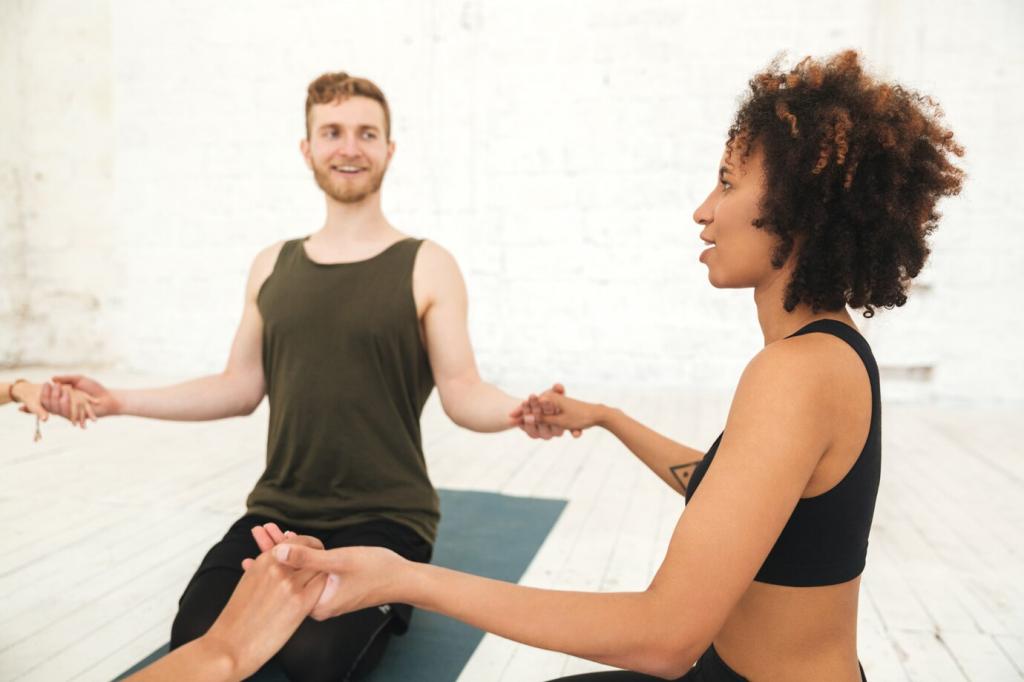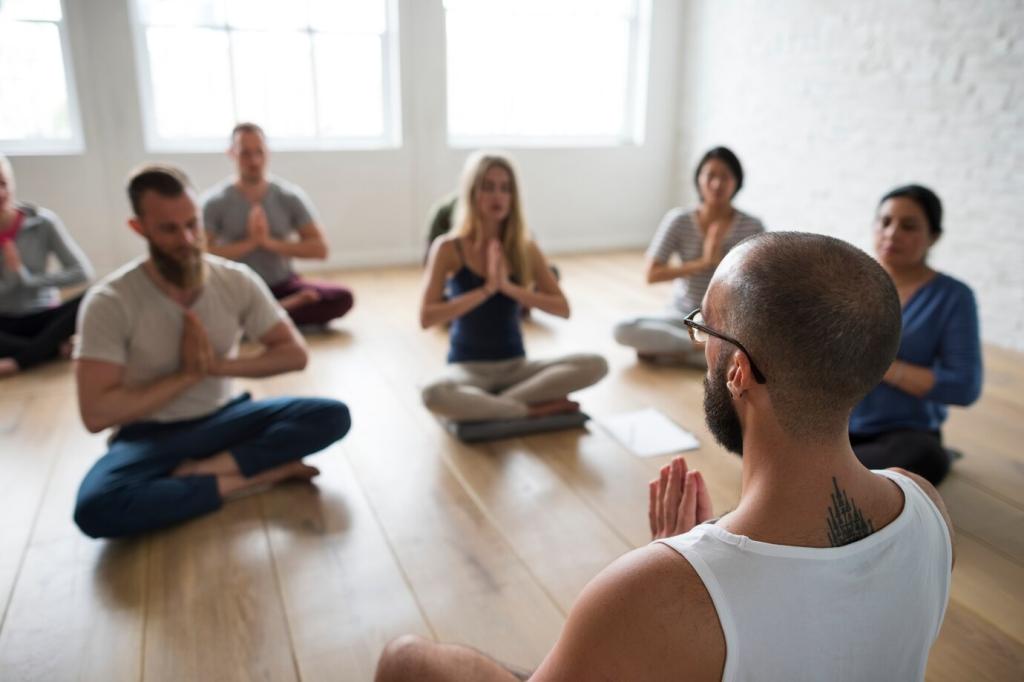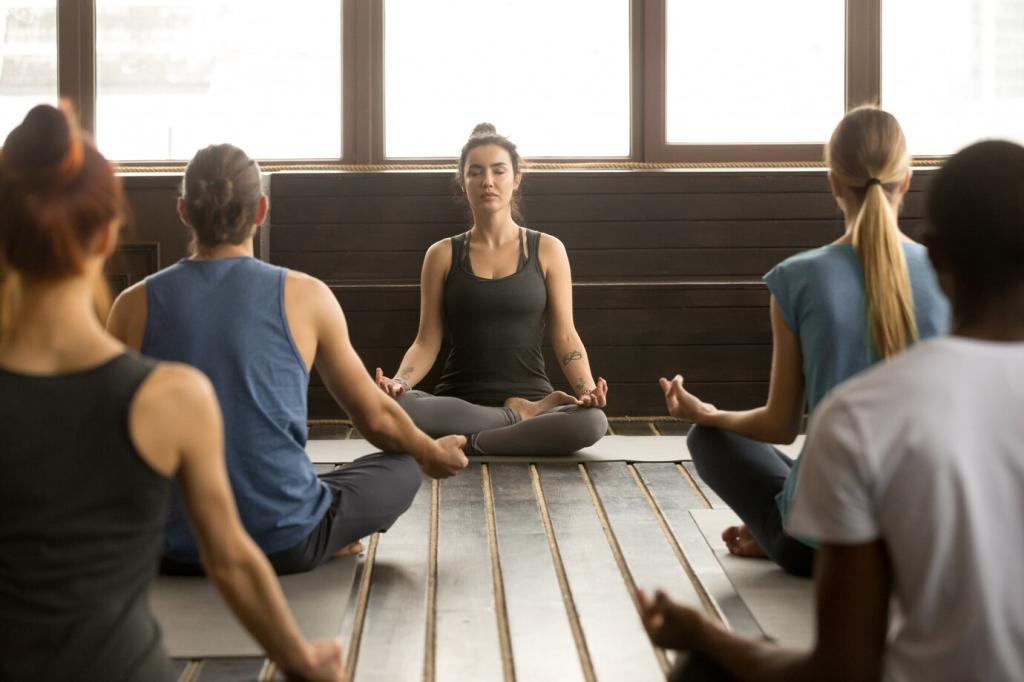Chosen theme: Improving Endurance through Meditation. Discover how simple, science-aware mindfulness practices steadily expand your staying power—on the track, trail, pool, and through everyday life. Join the journey, share your progress, and subscribe for weekly guidance rooted in calm focus and sustainable effort.
Mindful Breathwork for Lasting Stamina

Nasal Breathing and CO2 Tolerance
Try five minutes of easy nasal breathing during warm-ups. It naturally moderates pace, supports focus, and gradually raises CO2 tolerance, helping you stay steady when effort climbs. Share your first impressions after today’s session.

Box Breathing for Runners and Cyclists
Practice box breathing—inhale four, hold four, exhale four, hold four—for two to four minutes. It calms pre-ride nerves, steadies cadence, and keeps decisions clear under pressure. Comment with your preferred count pattern and how it affected pacing.

Anecdote: The Ultramarathoner Who Slowed Down to Go Farther
During a windy 50K, Maya counted breaths to ten and reset every hill. The rhythm kept panic away, protected pacing, and delivered a strong negative split. What counting technique helps you stay composed in the late miles?
Body Scans to Recalibrate Perceived Exertion
Body scanning trains interoception and upgrades pacing. Notice jaw, shoulders, diaphragm, and calves, then soften or adjust cadence two percent. Small, mindful tweaks compound into meaningful endurance gains over weeks of consistent practice.
Body Scans to Recalibrate Perceived Exertion
Use a simple filter: sharp, stabbing, or joint pain means stop and seek guidance; diffuse burn or breath heat often signals manageable effort. Meditation helps notice nuance sooner, preventing overreactions that waste precious energy.



Sensory-Rich Rehearsal
Close your eyes and rehearse the route with vivid detail—sounds, smells, weather, terrain, and the exact breath cadence. Sensory richness trains calm familiarity, reducing cognitive load when the real effort begins and pressure builds.
Crisis Scripts for “The Wall”
Write a short script for predictable low points: side stitch, dead legs, or swirling doubts. Pair it with a gentle breath count and cue phrase like “soften, lengthen.” Record and replay during easy miles to reinforce.
Finish-Line Future You
Visualize crossing strong, noting posture, breathing rhythm, and quiet pride. Then reverse-engineer the previous mile, imagining decisive form cues you executed. Share your script in the comments; we may feature a subscriber story next week.

This is the heading
Lorem ipsum dolor sit amet, consectetur adipiscing elit. Ut elit tellus, luctus nec ullamcorper mattis, pulvinar dapibus leo.

This is the heading
Lorem ipsum dolor sit amet, consectetur adipiscing elit. Ut elit tellus, luctus nec ullamcorper mattis, pulvinar dapibus leo.
Anchor meditation to something you already do: after lacing shoes, sit for one minute. Remove friction, celebrate completion, then optionally go longer. Small, guaranteed reps beat ambitious, inconsistent marathons of practice every single week.
Habit Mechanics: Make Practice Stick
Create a micro-space: a quiet corner, timer, and a sticky note with your focus anchor. Visible cues reduce decision fatigue, making daily practice automatic, like placing water bottles by the door before training.
Habit Mechanics: Make Practice Stick
Measure What Matters, Gently
Each morning, note mood, sleep quality, and if available, heart rate variability. Pair these with a two-minute calm sit. Over time you’ll recognize patterns that guide training volume and recovery emphasis intelligently.
Measure What Matters, Gently
After key sessions, log perceived exertion, dominant breath style, and any mental wobble. Those notes turn vague memories into actionable adjustments, supporting steadier pacing in your next long effort or race rehearsal.
Measure What Matters, Gently
Pick one variable—nasal warm-ups, visualization, or nightly Nidra—and run it for two weeks. Track sessions, feelings, and outcomes. Report back your findings so the community can learn from your experiment and iterate together.
